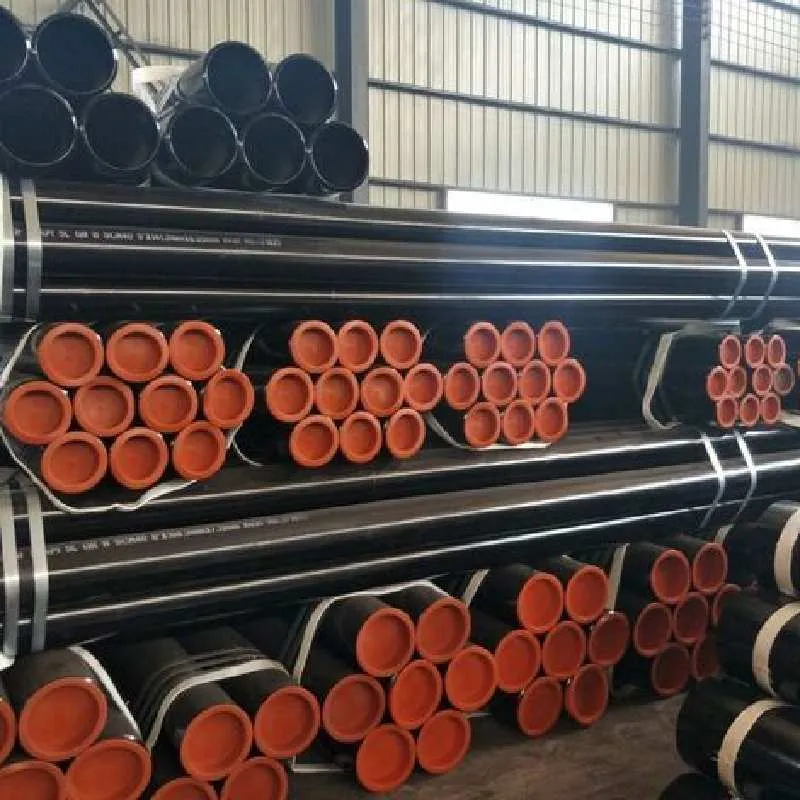-
Cangzhou Yulong Steel Co., Ltd.
-
Phone:
+86 13303177267 -
Email:
admin@ylsteelfittings.com
- English
- Arabic
- Italian
- Spanish
- Portuguese
- German
- kazakh
- Persian
- Greek
- French
- Russian
- Polish
- Thai
- Indonesian
- Vietnamese
- Zulu
- Korean
- Uzbek
- Hindi
- Serbian
- Malay
- Ukrainian
- Gujarati
- Haitian Creole
- hausa
- hawaiian
- Hebrew
- Miao
- Hungarian
- Icelandic
- igbo
- irish
- Japanese
- Javanese
- Kannada
- Khmer
- Rwandese
- Afrikaans
- Albanian
- Amharic
- Armenian
- Azerbaijani
- Basque
- Belarusian
- Bengali
- Bosnian
- Bulgarian
- Catalan
- Cebuano
- China
- China (Taiwan)
- Corsican
- Croatian
- Czech
- Danish
- Esperanto
- Estonian
- Finnish
- Frisian
- Galician
- Georgian
- Kurdish
- Kyrgyz
- Lao
- Latin
- Latvian
- Lithuanian
- Luxembourgish
- Macedonian
- Malgashi
- Malayalam
- Maltese
- Maori
- Marathi
- Mongolian
- Myanmar
- Nepali
- Norwegian
- Norwegian
- Occitan
- Pashto
- Dutch
- Punjabi
- Romanian
- Samoan
- Scottish Gaelic
- Sesotho
- Shona
- Sindhi
- Sinhala
- Slovak
- Slovenian
- Somali
- Sundanese
- Swahili
- Swedish
- Tagalog
- Tajik
- Tamil
- Tatar
- Telugu
- Turkish
- Turkmen
- Urdu
- Uighur
- Welsh
- Bantu
- Yiddish
- Yoruba

Dec . 15, 2024 17:29 Back to list
Welded End Cap for Pipe Connection and System Integrity Solutions
Understanding Weld End Caps A Vital Component in Piping Systems
In the world of industrial piping systems, the significance of every component cannot be overstated. Among these components, the weld end cap is an essential part that plays a crucial role in ensuring the integrity and functionality of various systems. This article will delve into the definition, purpose, manufacturing process, and applications of weld end caps, shedding light on why they are indispensable in modern engineering.
What is a Weld End Cap?
A weld end cap is a type of fitting used in piping systems to close the end of a pipe. Typically made from various materials such as stainless steel, carbon steel, and alloys, these caps are designed to be welded onto the pipe's end to create a secure and leak-proof seal. Weld end caps come in various sizes and thicknesses, allowing for compatibility with a wide range of piping systems across different industrial sectors.
Purpose of Weld End Caps
The primary purpose of a weld end cap is to seal the open end of a pipe, preventing the flow of fluids, gases, or other materials. This sealing capability is crucial in applications such as
1. Pipelines In both liquid and gas transportation systems, weld end caps are used to terminate pipes safely, preventing leaks and environmental hazards. 2. Pressure Vessels In systems that operate under high pressure, end caps provide essential protection against pressure losses and possible ruptures.
4. Maintenance & Testing During maintenance procedures or pressure testing, weld end caps are essential for isolating sections of a pipeline or system, allowing for targeted inspections and repairs.
Manufacturing Process
The manufacturing process of weld end caps typically involves several steps
1. Material Selection The first step in creating a weld end cap is choosing the appropriate material. Factors such as the operating environment, temperature, and pressure are considered to ensure the cap can withstand the conditions it will face.
weld end cap

2. Cutting and Forming The selected material is then cut into the required dimensions and formed into cap shapes. This step may involve processes such as forging or machining to achieve the desired specifications.
3. Welding Preparation After forming, the edges of the cap and pipe are prepared to ensure a strong weld. This may include cleaning and beveling the edges to create optimal weld joints.
4. Welding The cap is welded onto the pipe's end using techniques such as TIG (Tungsten Inert Gas) or MIG (Metal Inert Gas) welding. The welding process is critical as it determines the integrity of the seal.
5. Testing and Quality Control Once welded, the end cap undergoes rigorous testing to ensure it meets industry standards and specifications. Non-destructive testing methods, such as X-ray inspection, may be used to check for defects in the weld.
Applications of Weld End Caps
Weld end caps are widely used across various industries, including
1. Oil and Gas In the oil and gas sector, they are vital in pipeline construction and maintenance, ensuring safety and efficiency.
2. Chemical Processing Weld end caps help maintain the integrity of chemical transport systems by providing leak-proof seals.
3. Water Treatment In municipal water systems, these caps are used to close off pipelines, preventing contamination and ensuring water quality.
4. Construction In construction, they are commonly used in structural applications to close off steel tubing, contributing to the overall strength of the structures.
Conclusion
In summary, weld end caps are critical components in various piping systems, providing safety and reliability across numerous industries. Their ability to create secure seals makes them indispensable in applications that require meticulous attention to detail and adherence to safety standards. As industrial systems continue to evolve, the relevance and importance of weld end caps will undoubtedly remain significant, underscoring their role in modern engineering and manufacturing processes. Understanding their function, manufacturing methods, and applications can assist professionals in selecting the right components for their specific needs, ultimately leading to more efficient and safer operations.
Latest news
-
ANSI 150P SS304 SO FLANGE
NewsFeb.14,2025
-
ASTM A333GR6 STEEL PIPE
NewsJan.20,2025
-
ANSI B16.5 WELDING NECK FLANGE
NewsJan.15,2026
-
ANSI B16.5 SLIP-ON FLANGE
NewsApr.19,2024
-
SABS 1123 FLANGE
NewsJan.15,2025
-
DIN86044 PLATE FLANGE
NewsApr.19,2024
-
DIN2527 BLIND FLANGE
NewsApr.12,2024
-
JIS B2311 Butt-Welding Fittings LR/SR 45°/90° /180°Seamless/Weld
NewsApr.23,2024











